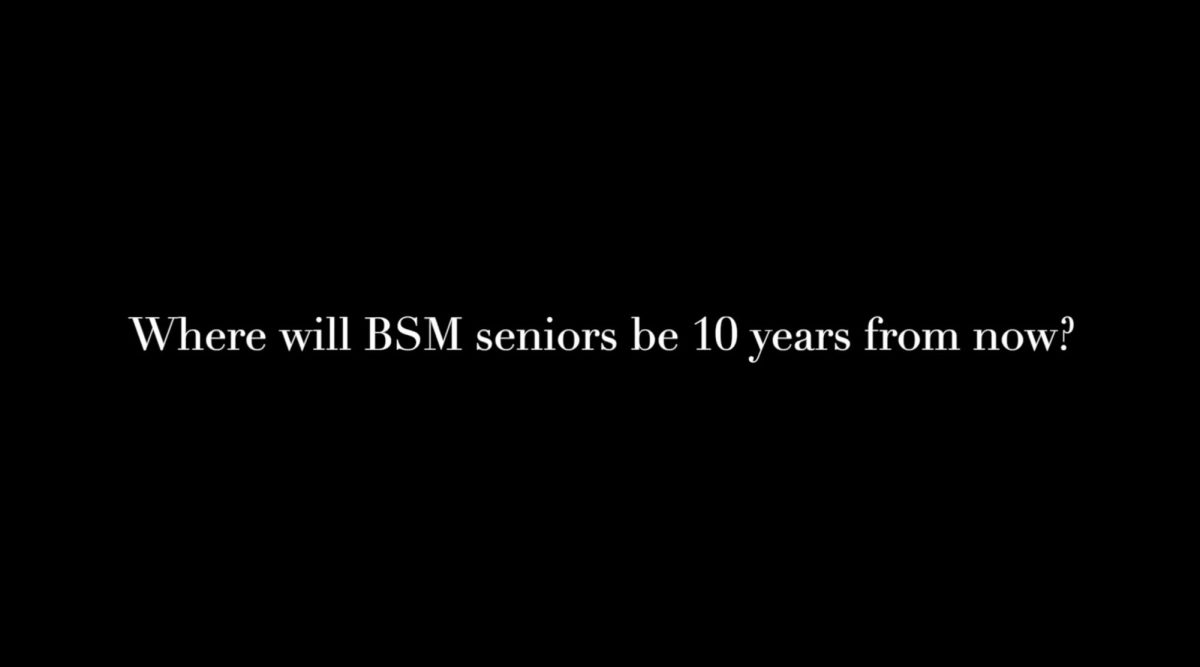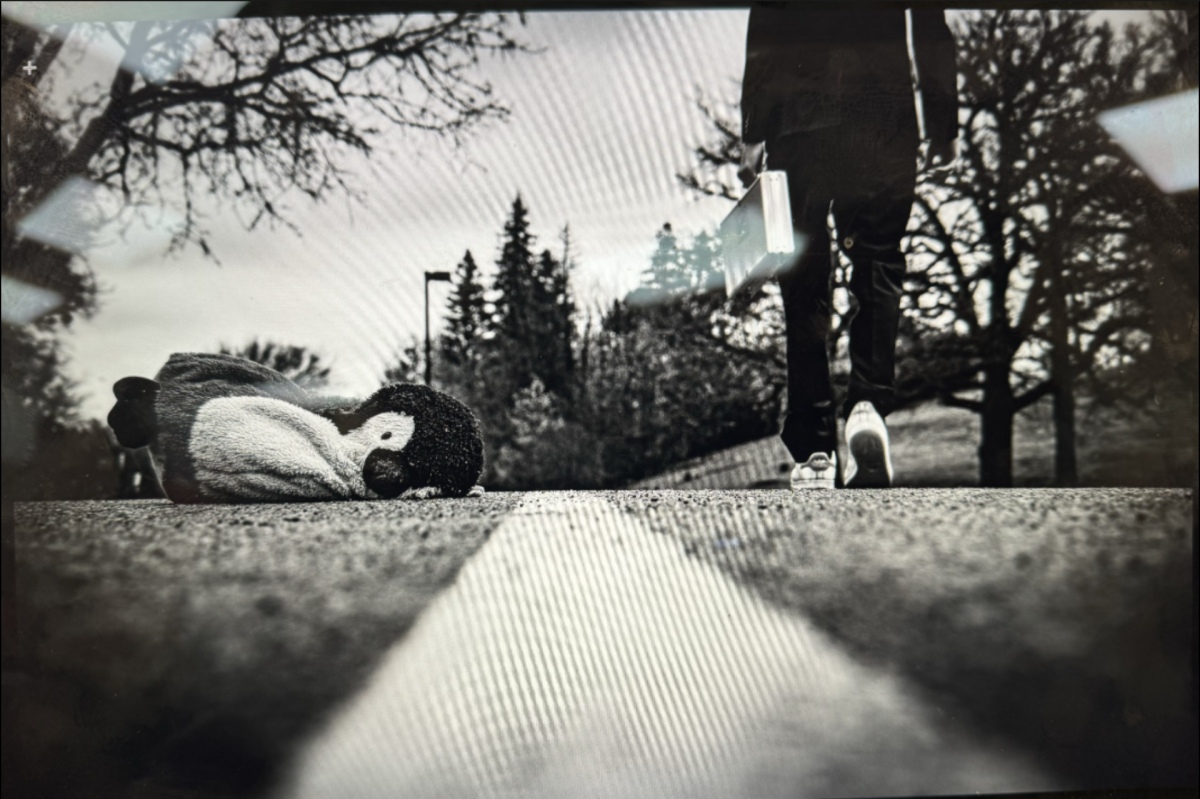When the full moon rises, either take out a life insurance policy or buy a batch of silver bullets because he’s coming. That is “The Wolfman.” Dunh Dunh Duhhhhhh.
Time and time again I question why Hollywood deems it necessary to remake a classic that needn’t be tinkered with, yet, they refuse to listen to their subconscious screaming “BAD IDEA!”
Remaking “The Wolfman” was yet another bad idea. THough it is less hokey than the original, it lacks substance; even with the impressive CGI effects, the wolfman is unable to provoke even the smallest of frights.
If you thought Benicio Del Toro was improperly cast as the Wolfman, than yes, you thought correctly. Not only is he not frightening, he lacks any depth as an extremely one-dimensional character named Lawrence Talbot, the films supposed protagonist whose welfare I could have cared less about.
The plot of “The Wolfman” doesn’t take a genius to follow: Talbot bitten by creature, Talbot turns into large, horrifying creature that still manages to fit in the same size clothes, Talbot goes on vicious killing spree, Talbot deemed crazy, Talbot sought after by police, yada yada yada.
A point during the film when the early stages of psychology are used to raise the question of whether or not the beast is just an embodiment of Talbot’s aggression–when creativity seems to be blossoming–it is suddenly stilted by a foray into excessive carnage. Wouldn’t that have been a great twist, to find out the wolfman was just a symbolic representation of your average, deranged psychopath?
Instead, we are once again disappointed by “The Wolfman” with a genuine lack of originality, and once again, questioning who’s bright idea it was this time in Hollywood to remake a classic. Not even Anthony Hopkins, who portrays Lawrence’s under-the-table sinister father, was able to redeem this mistake of a movie from a nosedive into mediocrity.
When all else has lost, and Emily Blunt has run out of trying to make her character more than a cardboard cutout, we can at least appreciate the art department. Their precise depiction of late 1800s England, by using mundane and gothic tones to paint a portrait of Victorian style befitting to the times, emits an eerie aestheticism that the film all around fails to do when actually trying to scare the audience.
“The Wolfman” comes up short in comparison to its imposing title character and its more beloved-for-the-right-reasons predecessor. Sure, the original isn’t frightening compared to our generation’s standards of horror, but in less than a year, which one are you going to remember? I’d say after 70 years, still the former.

